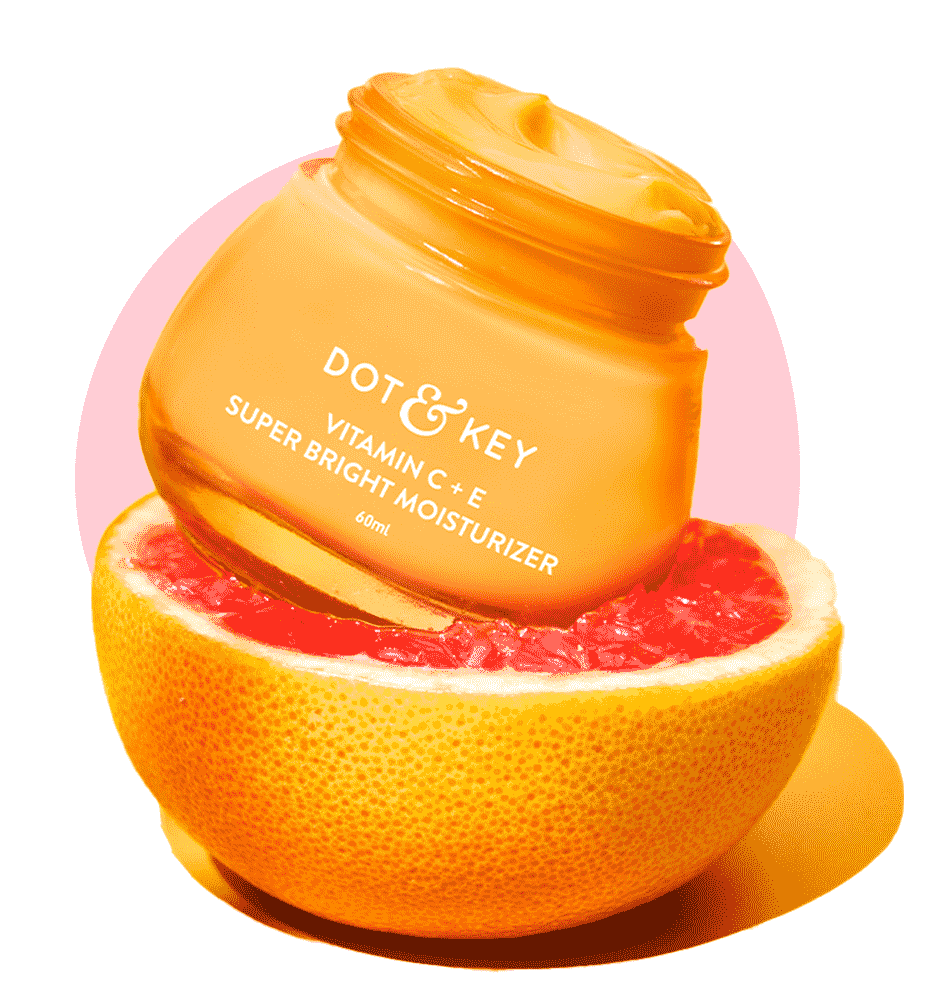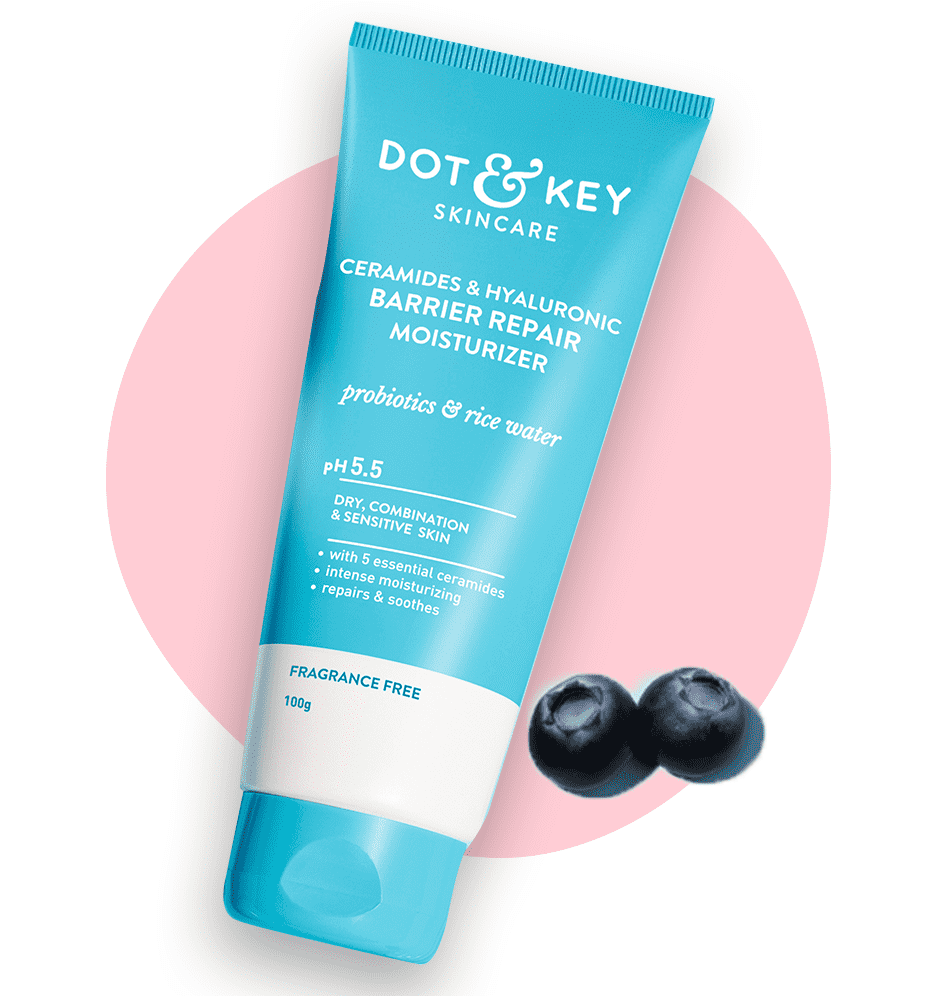
Exfoliation helps remove dead skin cells, dirt, grime and all the other pollutants that give your skin a beating everyday. Regularly exfoliating your skin keeps it healthy and smooth. Though there are many kinds of exfoliation, physical and chemical exfoliation for skin are the two simplest kinds that can be easily done at home. In fact, you might already be exfoliating your skin without even realizing it. Most face washes and body scrubs have sugar or micro beads that help to exfoliate skin.
So what do these two terms mean?
Physical Exfoliation

Physical exfoliation involves rubbing and scrubbing with something which has a slightly rough surface or texture. This includes -
- Anything that has fine granules or beads, like face washes, face scrubs and body scrubs.
- External objects like loofahs, brushes and pumice stones.
- Flannels and other textured or beaded cleansing cloths.
Physical exfoliation helps the skin in many ways -
- It reveals newer, fresher skin by removing the upper dead layer of skin.
- It improves blood circulation by massaging the skin cells.
- It improves cell turnover.
- It also helps to smooth and polish one’s skin.
- And finally, it gives skin a squeaky fresh glow.
Beware Of
But be careful about how often you physically exfoliate your skin. Three to four times a week is the ideal frequency. But it varies from person to person, and skin type to skin type. Too much physical exfoliation can lead to redness, irritation and not only make your skin rough and dry, but expose it to infection and bacteria. Always check how your skin feels after exfoliation, and increase or decrease the frequency accordingly.
Chemical Exfoliation

Chemical exfoliation refers to exfoliating your skin using acids. Don’t get scared, we are not referring to the kind of acids you might be thinking about. Chemical exfoliation is actually gentler on the skin than Physical exfoliation. Mainly three kinds of acids for skin are used in chemical exfoliation –
1. AHAs or Alpha Hydroxy Acids
2. BHAs or Beta Hydroxy Acids
3. PHAs or Poly Hydroxy Acids
1. AHAs or Alpha Hydroxy Acids are mild natural acids for skin found in sugar and fruits like –

- Glycolic Acid (found in sugar)
- Citric Acid (found in oranges)
- Papain (enzyme found in Papaya)
- And Bromelain (an enzyme found in Pineapple)
- Sun damage
- Blemishes and spots
- Skin cleansing
They are ideal for normal to sensitive skin. Both skin care products and natural homemade masks can incorporate these acids for exfoliation.
2. BHAs or Beta Hydroxy Acids are another kind of Chemical exfoliation for skin using chemicals like Salicylic acid.
They are best for –

- Removing blackheads
- Removing excessive oil and sebum.
- And unclogging pores.
They are perfect for people with oily and acne prone skin.
3. PHAs or Poly Hydroxy Acids are the third and mildest kind of Chemical exfoliation for skin.
They help one’s skin by –

- Repairing skin damage
- Working like anti-oxidants
- And improve collagen production
Chemical exfoliation for skin is perhaps more helpful than physical exfoliation. It not only gets rid of dead skin cells and reveals fresher skin underneath, but it also makes skin more supple.
Chemical Peel

A chemical peel is a technique in which a chemical solution is applied to the skin to exfoliate it. It is kept on for a certain amount of time, allowed to dry and then peeled off to reveal healthier and better skin underneath.
There are three kinds of chemical peels –
-
Superficial Peel – Here a mild acid is used to peel just the outer layer of skin. This helps remove the outer dead skin cells and even out pigmentation on the surface level.
-
Medium Peel – Here a stronger chemical exfoliant like Glycolic or Trichloroacetic acid works on the outer and middle layers of the skin. This technique penetrates a little deeper and helps to revive aging skin.
-
Deep Peel – Here a higher quantity of Trichloroacetic acid or other stronger acids like Phenol are used to delve deeper and work on damaged skin. It reduces age spots, scars and other serious skin issues.
Beware Of
Chemical exfoliation maybe gentler than physical exfoliation, but it also takes longer to see its effects. Just like physical exfoliation, exfoliating your skin with chemicals or chemical peels too often can also backfire. Not only will this damage the natural PH balance and healthiness of your skin, but it can also make your skin rough and inflamed.
Also, the regenerated skin that comes forth after applying a chemical peel (particularly a stronger peel) may be more sensitive to sun. So it’s important to apply sunscreen generously or adopt other measures to protect it from the sun. Deep peels should only be applied once a month or as advised on the product, because they tend to be very strong.
So, use physical and chemical exfoliation for skin, but with moderation, and look fresh and radiant everyday.



















